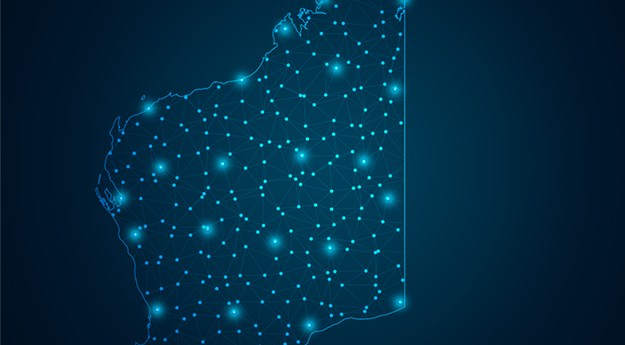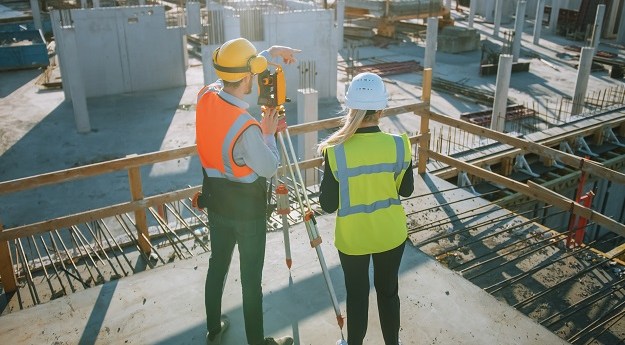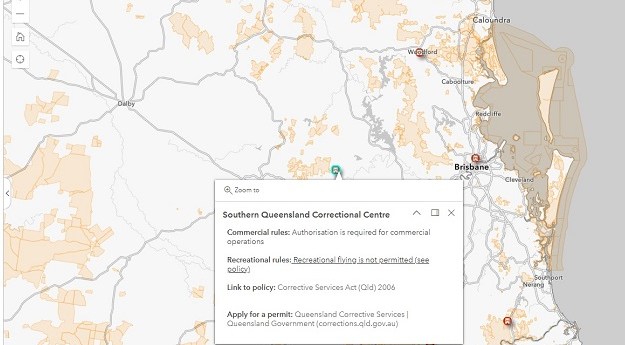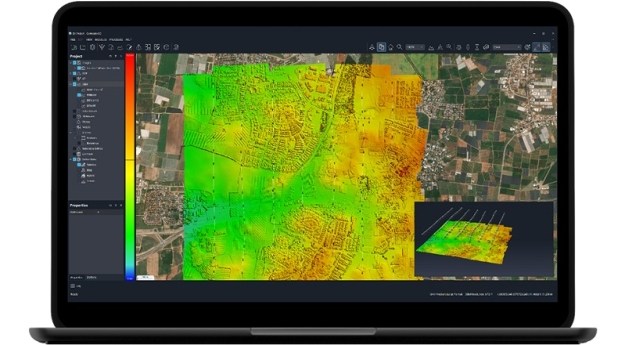
Image courtesy of Australian Institute of Marine Science
A high-tech autonomous vessel has passed a crucial test in a bid to improve monitoring of the Great Barrier Reef and coastal waters, according to the Australian Institute of Marine Science (AIMS).
The Wave Glider, developed by Boeing subsidiary Liquid Robotics, recently completed a seven-day open water mission covering 200 nautical miles including parts of North Queensland’s Great Barrier Reef.
The use of the Wave Glider was the first major milestone of a five-year joint research agreement between Boeing and AIMS.
Powered by waves and the sun, the Wave Glider provided continuous, real-time environmental ocean data using a suite of on-board sensors and software.
As it traveled along the ocean’s surface, Wave Glider was able to send back real time measurements including weather, wave heights, water salinity and pH levels, and chlorophyll.
AIMS head of Data and Technology Innovation, Lyndon Llewellyn told the Australian that the drone’s ability to work around the clock – unlike researchers – was a major benefit. “For us, where we have a limited number of people that can go into the environment and generate the data, having tools that extend our capability without having to put people in the field is really quite beneficial,” Dr Llewellyn told The Australian.
Dr Llewellyn called the Wave Glider an “orienteering champion” and said the technology “will be an important tool to advance our mission to better monitor the Great Barrier Reef.”
According to Liquid Robotics, the Wave Glider can be deployed on missions for as long as six months or more, and can operate individually or in fleets to create a network effect.












